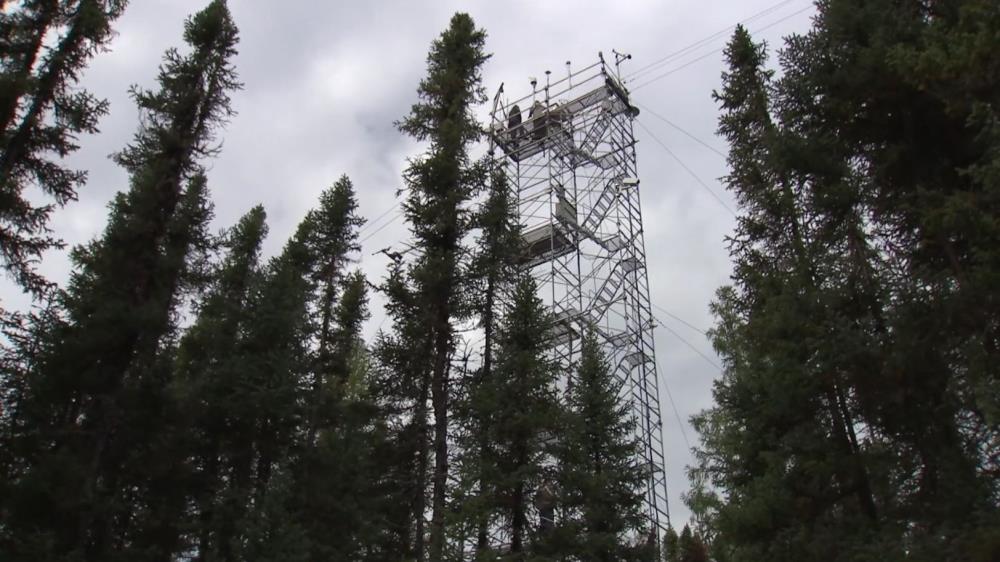
Related items loading ...
Section 1: Publication
Publication Type
Journal Article
Authorship
Mowat, A.C., Francis, D.J., McIntosh, J.C., Lindsay, M.B. and Ferguson, G.A.
Title
Variability in timing and transport of Pleistocene meltwater recharge to regional aquifers
Year
2021
Publication Outlet
Geophysical Research Letters, p.e2021GL094285
DOI
ISBN
ISSN
Citation
Mowat, A.C., Francis, D.J., McIntosh, J.C., Lindsay, M.B. and Ferguson, G.A. 2021. Variability in timing and transport of Pleistocene meltwater recharge to regional aquifers. Geophysical Research Letters, p.e2021GL094285.
Abstract
The impacts of Pleistocene glaciation on groundwater flow systems in sedimentary basins are widely recognized, but the timing and distribution of subglacial recharge events remain poorly constrained. We investigate the spatial and temporal variability of recharge events from glaciations over the last 2 million years in the Williston Basin, Canada. Integration of fluid chemistry, stable isotope data, and transport modeling indicate that meltwater arrived at depths of ∼600–1000 m in the northcentral region of the Williston Basin at two separate time periods, 75–150 and 300 ka, which we attribute to permeability differences between stacked aquifer systems. Our findings indicate that meltwater recharge extended along the northern margin of the Williston Basin as well as previously identified recharge areas to the east. Given the distance of measurements from recharge areas, evidence of recharge from the early to mid-Pleistocene appears to be preserved in the Williston Basin.
Key Points
Pleistocene glacial meltwater recharge migrated non-uniformly within and between stacked Paleozoic aquifers of the Williston Basin
Deep, stacked, carbonate aquifers were impacted by Pleistocene recharge at two arrival intervals, attributed to permeability differences
The arrival times of subglacial recharge are constrained to early to mid-Pleistocene and appear fully preserved in the Williston Basin
Plain Language Summary
Continental glaciations can reorganize large-scale groundwater flow systems, but the timing of recharge events is not well known. We investigated local and regional variations in groundwater flow and the timing of meltwater influx resulting from glaciations over the last 2 million years in a deep aquifer system in the Williston Basin, Canada. Isotopic signatures of groundwaters indicate the presence of subglacial meltwater and older marine-derived brines within these aquifers. These isotopic signatures were used to constrain groundwater transport models and estimate arrival times of Pleistocene meltwater recharge at study sites in the northcentral Williston Basin. We identified two arrival time periods (i.e., 75,000 to 150,000 and 300,000 years before present) and attribute these to local and regional variations in aquifer properties. Our results also indicate that recharge occurred at the northern margin of the Williston Basin, along with the eastern margin, to form a continuous recharge belt.
Plain Language Summary
Section 2: Additional Information
Program Affiliations
Project Affiliations
Submitters
Publication Stage
Published
Theme
Presentation Format
Additional Information
Old-Meets-New, Refereed Publications


 GWFNet
GWFNet Master
Master Research
Research Map
Map
 Advanced
Advanced . . .
. . .

 Metadata Editor
Metadata Editor
 Record List
Record List
 Alias List Editor
Alias List Editor
 Legacy sites
Legacy sites